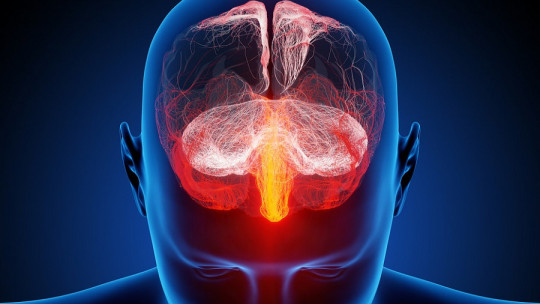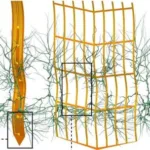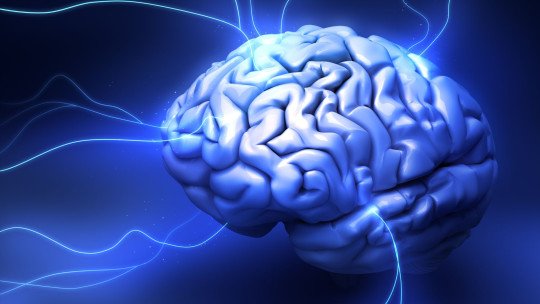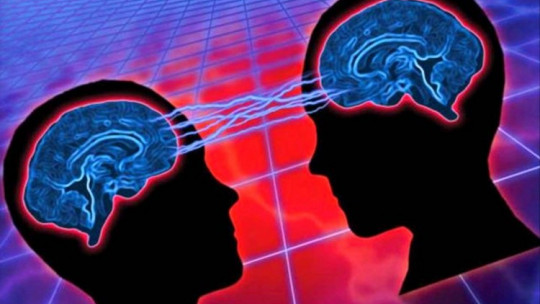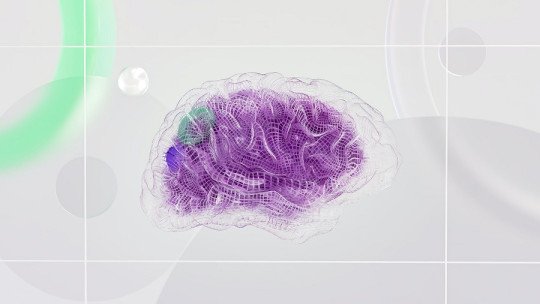
Advances and developments in science and technology for a society like ours open the door to a whole world of solutions to problems until now without a clear resolution. This is the case of neurotechnology, a discipline that combines neuroscience with technology and generates the possibility of revolutionizing our understanding and interaction with the human brain opening a world of hitherto unimaginable possibilities.
In the midst of the development of artificial intelligence, the understanding of the human brain and the consideration of hitherto unthinkable possibilities generates an important focus of attention for neurotechnology. From neurofeedback devices that help us improve our well-being to brain-computer interfaces that allow people with functional diversity to communicate and control electronic devices, neurotechnology will play a fundamental role in improving our quality of life.
In this article, we will unravel what neurotechnology is and what it is for, looking at its diverse mix of techniques and different applications or fields of use.
What is neurotechnology?
Neurotechnology is an interdisciplinary and currently developing field that merges neuroscience with technology to study, understand and manipulate the nervous system and, in particular, the human brain. Thanks to this symbiosis, researchers and technologists have managed to develop innovative tools and techniques that open the door to investigating the depths of the human mind in ways that were previously unthinkable.
The driving force and main objective of neurotechnology is to understand how the brain works The brain is an extremely complex organ made up largely of thousands of neurons, nerve cells that communicate with each other through electrical and chemical signals. These neural interactions are what support and give meaning to our cognition, emotions, movements and perceptions. Neurotechnology seeks to shed light on these processes through observation and intervention.
Neurotechnology makes use of different and diverse techniques, such as neuroimaging or deep brain stimulation, to observe brain activity in real time, thus being essential to advance towards understanding the processing of brain information and the regulation of body functions. In the next section, we will focus on elaborating some of the main techniques for the research and use of neurotechnology.
Neurotechnology techniques
As we have already mentioned, neurotechnology makes use of a set of sophisticated techniques and tools to explore the functioning of the brain and even, in some cases, intervene in it. These techniques are essential to better understand the most complex organ in the human body and develop innovative applications of this technology. These are some of the most notable techniques that this discipline makes use of:
1. Neuroimaging
Neuroimaging techniques are crucial to observe brain activity Functional magnetic resonance imaging (fMRI) makes it possible to record changes in blood flow in the brain, providing information about the brain areas activated during various cognitive tasks. Positron emission tomography (PET) uses radioactive tracers to visualize brain activity and the distribution of neurotransmitters.
2. Electroencephalography (EEG)
Electroencephalography is a technique that records the electrical activity of the brain using electrodes placed on the scalp. It is especially useful for studying brain activity patterns in real time and is used in applications such as diagnosing epileptic disorders and sleep research.
3. Brain-computer interfaces (BCI)
BCIs allow direct communication between the brain and electronic devices These interfaces are vital for people with disabilities that prevent them from using traditional methods of interaction. Implanted electrodes or non-invasive devices, such as portable EEGs, translate brain signals into commands that can control wheelchairs, prosthetics and communication systems.
4. Deep brain stimulation (DBS)
DBS involves implanting electrodes in specific areas of the brain to regulate neural activity. It is used in the treatment of neurological disorders such as Parkinson’s, treatment-resistant depression, and obsessive-compulsive disorder. DBS has a profound impact on patients’ quality of life by reducing disabling symptoms.
5. Optogenetics
Optogenetics is a technique that combines genetics and light to control the activity of specific neurons Researchers insert light-sensitive genes into neurons and then use light to activate or inhibit these neurons precisely. This has revolutionized neuroscience research by allowing precise manipulation of brain circuits.
Neurotechnology applications
Neurotechnology is not only an exciting branch of science and technology, but has also proven itself through a wide range of applications that directly impact people’s lives and society as a whole. Below, we will explore some of the areas where neurotechnology has left a significant mark:
1. Medicine and mental health
In the medical field, neurotechnology has revolutionized the way we diagnose and treat neurological disorders. Neuroimaging, such as fMRI and PET, has allowed for more accurate diagnosis of conditions such as Alzheimer’s and stroke. Additionally, deep brain stimulation (DBS) has become an effective treatment for Parkinson’s and treatment-resistant depression.
2. Rehabilitation
Neurotechnology plays a crucial role in the rehabilitation of people with physical or neurological disabilities. Brain-computer interfaces (BCIs) allow paralyzed individuals to control wheelchairs, prostheses, and electronic devices with their minds, providing greater independence and quality of life.
3. Communication and assistance to dependency
BCIs have opened up new communication possibilities for people with severe disabilities, such as amyotrophic lateral sclerosis (ALS). These systems allow patients to write, communicate, and control electronic devices using brain signals, improving their quality of life and their ability to interact with the world.
4. Improved mental performance
In a less clinical context, neurotechnology is also used to improve mental performance. Neurofeedback, for example, helps people regulate their brain activity and to improve concentration, relaxation and decision making.
5. Virtual reality and video games
Neurotechnology has been incorporated into the entertainment industry through virtual reality applications and video games. By monitoring brain responses, VR games and experiences can be individually tailored to provide a more immersive and immersive experience.
6. Neuromarketing
In the world of marketing and advertising, neurotechnology has been used to better understand consumers’ emotional and cognitive responses. This has led to more effective advertising campaigns and product design strategies.
Ethical considerations and limitations
While neurotechnology promises exciting advances and beneficial applications, it is not without important ethical considerations and limitations. As this discipline advances, it is essential to address these issues to ensure responsible and ethical use of technology Some of the main ethical considerations and limitations of neurotechnology include:
1. Privacy and security
Neurotechnology, especially BCIs and wearable brain-tracking devices, raises significant privacy concerns. Brain information is extremely personal, and its proper handling and protection is essential to prevent potential abuse.
2. Informed consent
Obtaining informed consent is essential in any clinical or research application of neurotechnology. Participants must understand the risks and benefits of any procedure and give voluntary consent before participating.
3. Potential for abuse
Like any powerful technology, neurotechnology has the potential to be used inappropriately or abusively. This could include mind manipulation, invasion of privacy, or unethical use in advertising and marketing.
4. Rights of people with disabilities
Although BCIs and other technologies can improve the quality of life for people with disabilities, it is essential ensure that these technologies are not used to exploit or violate the rights of these people
5. Equal access
Access to neurotechnology may be limited by financial and geographic issues. It is important to address these disparities to ensure that people from all walks of life can benefit from neurotechnology innovations.
6. Ethics in research
Neurotechnology researchers must adhere to strict ethical standards. This includes transparency in the presentation of results, integrity in data collection, and the ethical treatment of research subjects.
7. Safety and side effects
As new technologies are developed, it is essential to research and understand the possible side effects and associated risks. The safety of devices and procedures is a primary consideration.
8. Brain integrity
The possibility of manipulating brain activity raises questions about the integrity and autonomy of the human mind. Clear ethical boundaries must be established to prevent the abuse of these technologies.
The balance of innovation – responsibility
Neurotechnology, by fusing neuroscience and technology, has opened a range of possibilities that range from medicine to improving mental performance. However, its use raises important ethical and safety issues that must be addressed seriously. As we advance this exciting field, it is essential to maintain a balance between innovation and responsibility, ensuring that neurotechnology improves people’s lives without compromising their privacy and ethics.

